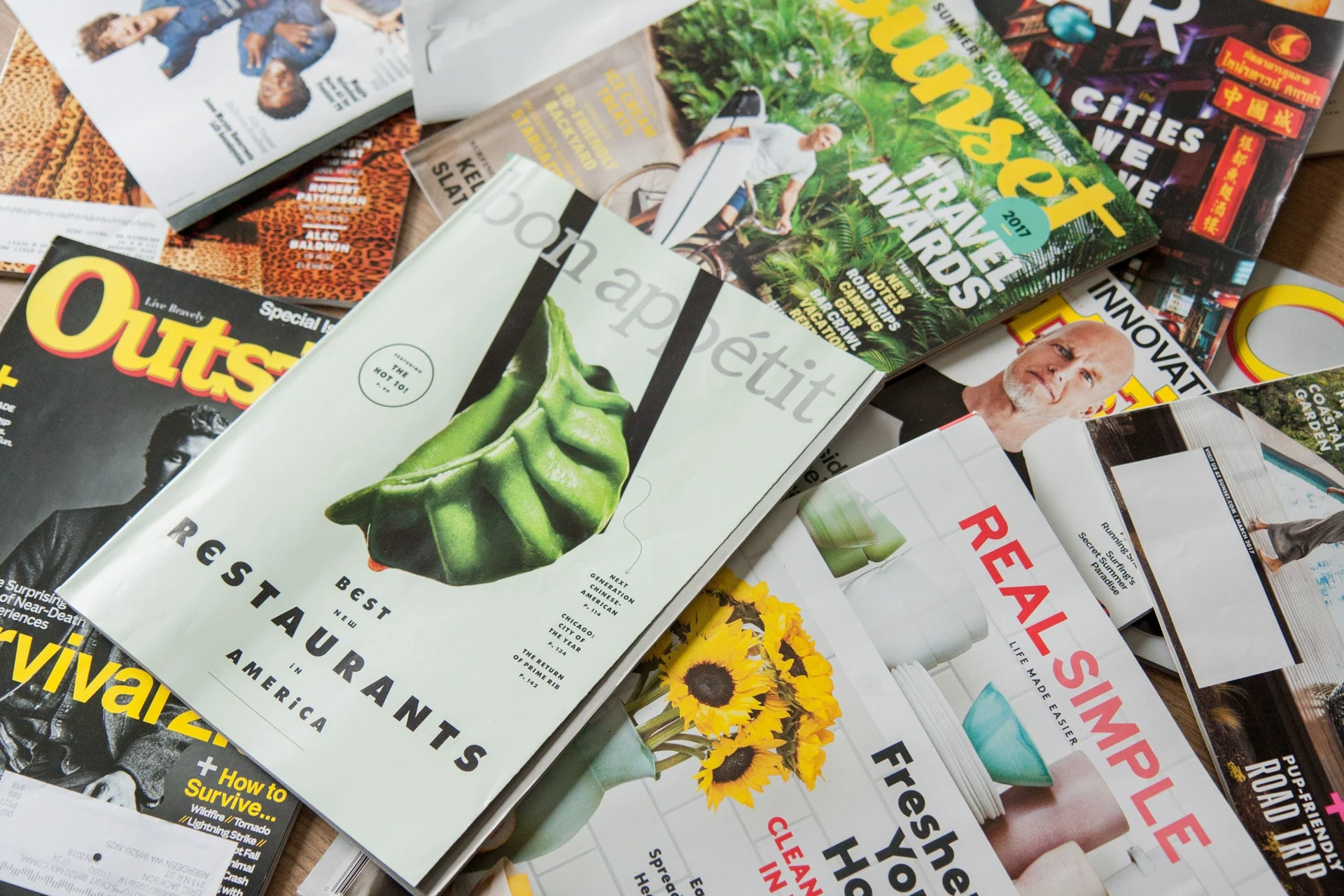Click here to view the full “Greatest Marketing Campaigns” analysis side-by-side with the REAL marketing material!
Adidas- Forever Sport (2009)
This advertising campaign shows the importance of design in marketing. It is a rather simple advertisements (just displaying imagery their athletic wear on a model, but when you open and close the magazine pages it appears as if the woman is exercising). This shows the significant role in space and surface as they impact the design and message of advertising, as this usage brought the advertisement to life.
This advertisement serviced to attract the younger women demographic, encouraging them to buy their athletic clothing. The campaign itself worked to spread the message that sports are a lifelong passion, opposed to just a temporary activity.
Bic- The Next Bic Thing
This campaign received a Clio award (in Provo, 2024), which recognizes innovation and creative marketing. The advertisement features magazine pages with notes of goals, dreams, and advice from famous mainstream artists (rappers, actors, etc.), as well as ordinary students. The notes are written using Bic’s pen products and adorned with the individual’s signature.
This campaign targets younger audiences, particularly those still in school, who would have everyday use for Bic’s products and pens. It targets this market by uplifting them and displaying those messages written using their pens.
California Milk Processor Board- Got Milk (1993)
Got Milk is a campaign I have organically seen throughout my life. The campaign was to combat declining milk (cows’ milk) sales. It was successful in accomplishing this goal, as milk sales in California rose 7% in just one year. California was the primary target market of this campaign, as milk sales began to decline, as consumers already knew milk was good for them, but did not care (in addition lactose-free and alternative milk options were gaining popularity).
This campaign did not target individuals who were already purchasing milk alternatives, or not drinking milk at all, it instead targeted those who were already customers. The add worked to increase milk sales among those already purchasing. This campaign and its success proved that companies do not always need to expand their target market, instead they can focus on creating increased appreciation for their product/service among existing customers.
Burger- King Flame Grilled
Burger King boasts flame-grilled burgers, opposed to frying their patties like their competitors. The company decided to poke fun at themselves through this marketing campaign by featuring print advertisements that showed Burger King locations that have gone up in flames. This is because Burger King is known as a restaurant with the most fires since their 1954 reopening.
This is targeted at their existing customers, as well as potential new customers, as it is making consumers aware that their burgers are grilled opposed to frying (even though this cooking method may be seemingly more dangerous, as their burgers are not the only thing be flame-grilled).
Burger King has an Effie Index rank of third in the Restaurants & Foodservice category with a score of 326.
Nike- Just Do It (1988)
This campaign is seen in many magazine and print advertisements and has since become the company’s slogan. This campaign also included a television advertisement, where this now famous slogan was first used. Originally, Nike’s products were almost exclusively advertised towards marathon runners, but as a trend towards fitness among the mass consumer emerged, Nike saw this shift as an opportunity to out beat their primary competitor (Reebok).
This slogan was a great marketing strategy, as it was short, sweet, and memorable among consumers. It also captured how people feel when motivating themselves to exercise and it further encouraged people to push themselves.
Nike sales were at $800 million in 1998 and by 1998 they exceeded $9.2 billion. Nike is ranked number three on the Effie Scale for “Hobbies, Leisure & Recreation, with a score of 16.
Nike holds an Effie Index rank of three in the Hobbies, Leisure, & Recreation category with 16 points. Effie Index ranks represent the most comprehensive global rankings of marketing effectiveness.
Access all references to this content here!

